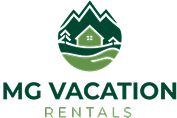Recent Posts
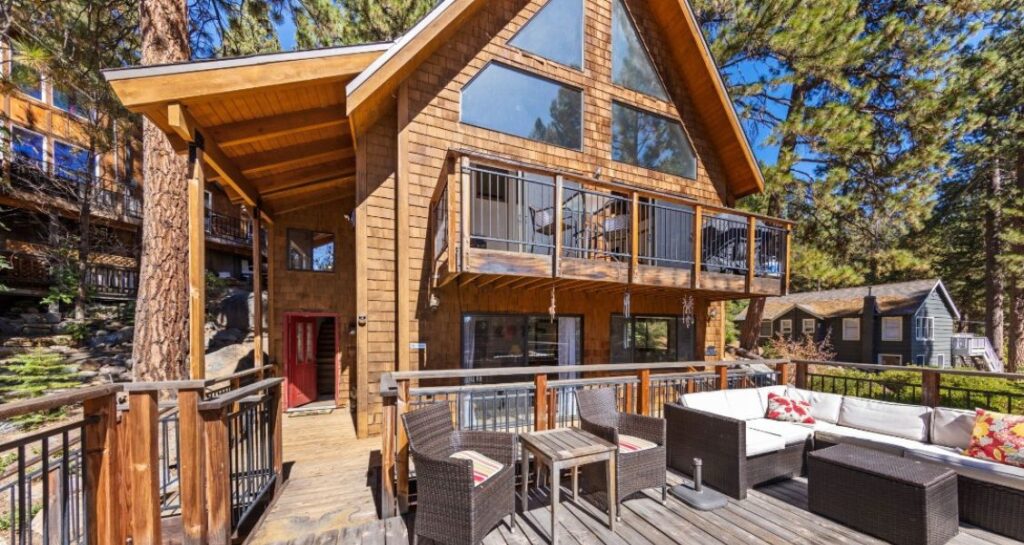
Lake Tahoe Short Term Rental Permit
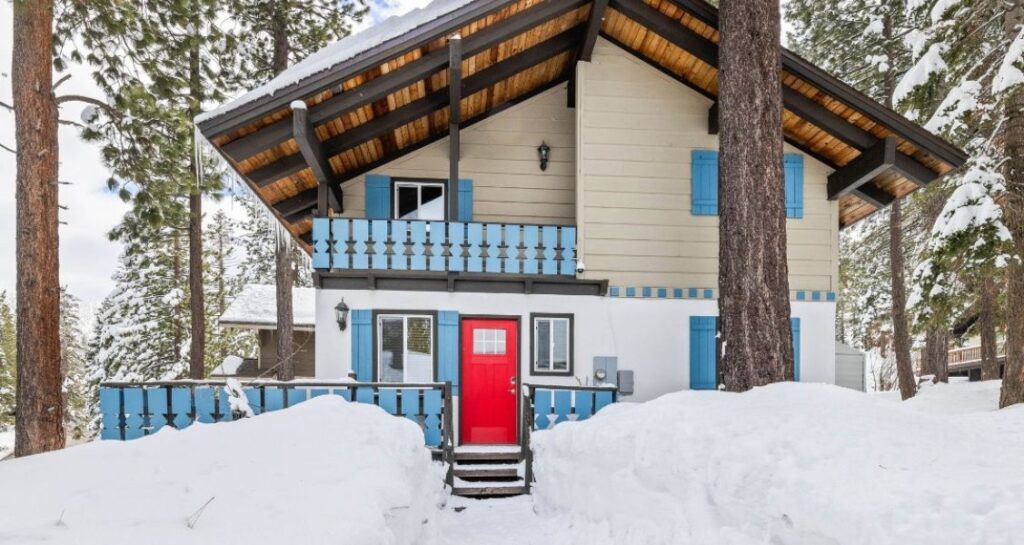
What Are HOA Rules in Incline Village? A Complete Guide for Homeowners
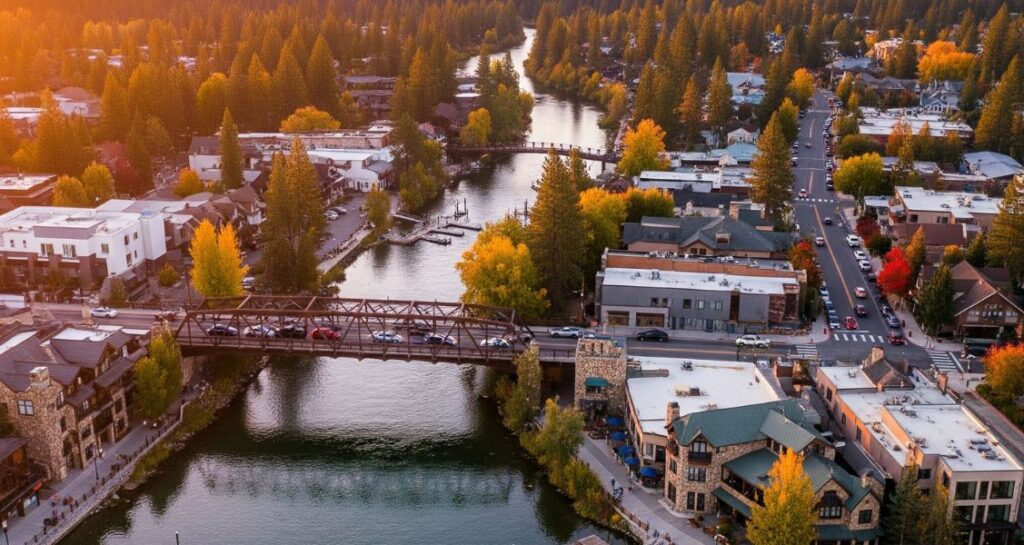
Investing in North Lake Tahoe Vacation Rentals

Breakfast Places in Tahoe City
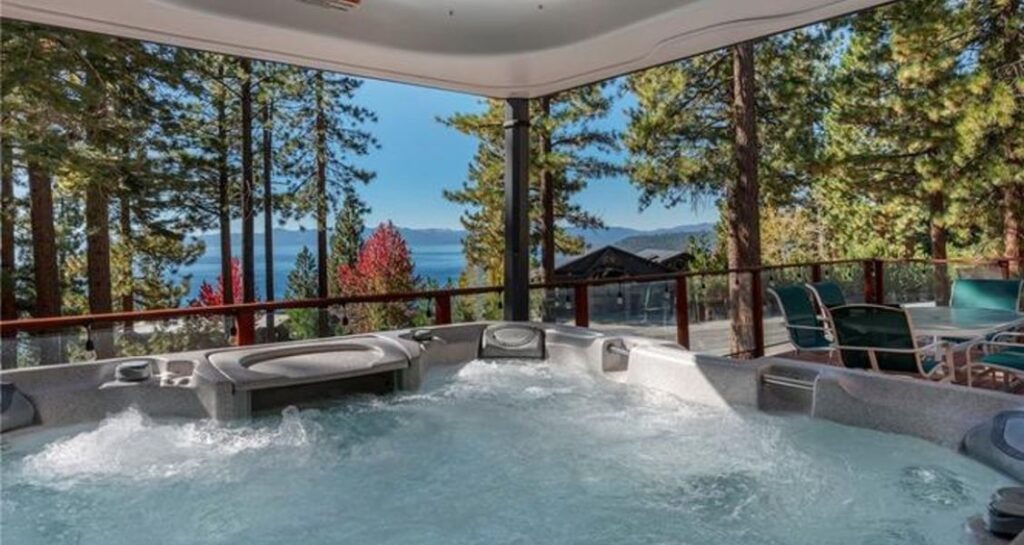
Hot Tub Etiquette

Tahoma Restaurants
Follow Us
Gallery
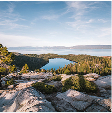
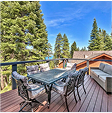
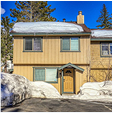
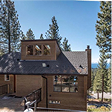
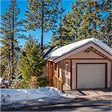
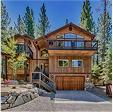
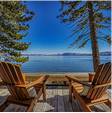
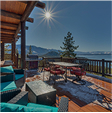
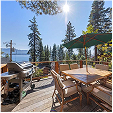









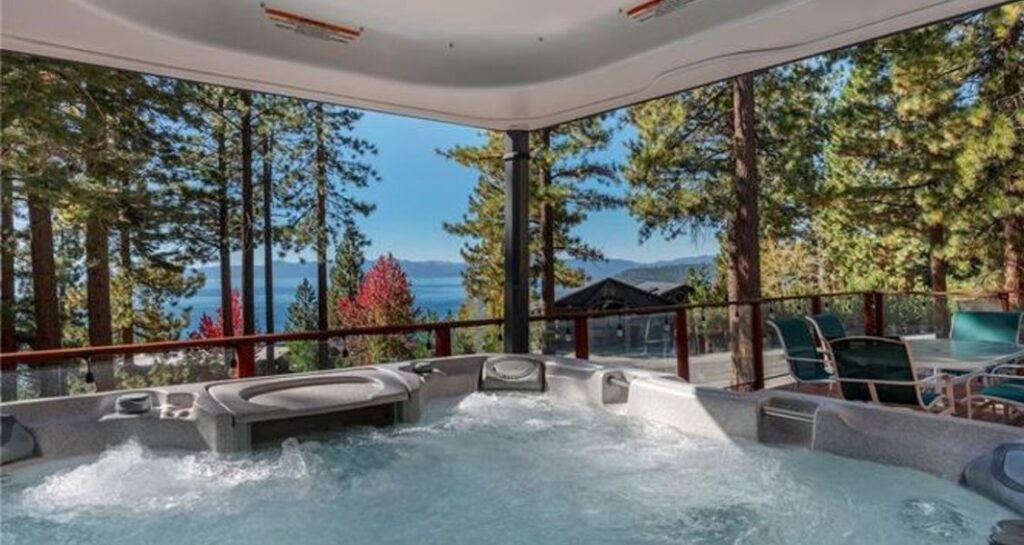
- Posted by Murat Gocmen
- On
Maximum Occupancy Rules for Vacation Rentals
Thinking about booking a vacation rental in Lake Tahoe? Whether you’re visiting for a weekend escape or managing a short-term rental property, it’s important to understand how maximum occupancy rules work in this popular mountain destination. These rules aren’t just bureaucratic details; they’re designed to protect the community, preserve the area’s natural beauty, and ensure a safe experience for everyone involved.
Lake Tahoe sits on the border of California and Nevada and attracts visitors from all over the world. With that popularity comes the challenge of balancing tourism with everyday residential life. That’s why the city of South Lake Tahoe and nearby counties have established clear guidelines on how many people can stay in a rental at once. These occupancy limits aim to minimize the impact of tourism on local neighborhoods while ensuring vacation rentals remain safe, respectful, and in line with community expectations.
What Does Maximum Occupancy Mean in Vacation Rentals?
Maximum occupancy refers to the total number of people legally allowed to stay in a vacation rental home at any given time, based on property size, number of bedrooms, parking spaces, and city or county regulations. It includes not just overnight guests but sometimes even daytime visitors, depending on local ordinance.
In Lake Tahoe, occupancy limits are designed to protect public safety, prevent overcrowding, and minimize disruptions to nearby residents. It’s not just about space; it’s also about fire codes, noise control, traffic flow, and environmental impact. Whether you’re staying in a beachside rental near the shore or a cabin tucked in the Truckee basin, the occupancy limit applies, and violating it can come with serious consequences.
What Are the Maximum Occupancy Rules for Vacation Rentals in Lake Tahoe?
2 Adults Per Legal Bedroom
South Lake Tahoe limits occupancy to 2 adult guests per legal, permitted bedroom. This ensures that vacation homes are used within safe and intended sleeping capacities, as determined by local housing codes. It helps prevent overcrowding and maintains residential comfort in neighborhoods near tourist-heavy areas.
Plus, Up to 2 Children Under Age 5
In addition to the adult limit, most rentals can accommodate up to 2 children under the age of 5 without counting them toward the official occupancy total. This exception makes it easier for families with young children to find accommodations that suit their needs while still staying within local guidelines.
Occupancy Tied to Parking Spaces
The number of off-street parking spaces directly affects how many people can stay at a property. For example, suppose a vacation home has only two approved parking spots. In that case, it cannot exceed the guest count typically associated with two vehicles, regardless of the number of bedrooms in the home.
Posted on VHR Permit and Property Info
Every legal short-term rental in South Lake Tahoe must display its VHR (Vacation Home Rental) permit, which includes the approved occupancy limit. This information should be publicly available in the listing and posted inside the home, ensuring guests know exactly what’s allowed during their stay.
Applies 24/7 – Not Just Overnight
Occupancy limits are enforced at all times, not just overnight. Even if guests are only visiting during the day, exceeding the allowed number of people on the property can result in a violation. This prevents large daytime gatherings that might otherwise go unnoticed but still disrupt local residents.
Who Sets the Maximum Occupancy Limit in Lake Tahoe Vacation Homes?
City of South Lake Tahoe
Within the city limits, South Lake Tahoe enforces its own municipal code and vacation rental ordinance. These local regulations include specific occupancy caps, parking requirements, and quiet hour enforcement. All short-term rental properties must comply with these rules to obtain and maintain a valid VHR permit, ensuring neighborhood peace and guest safety.
El Dorado County (for Unincorporated Areas)
Properties located just outside the city, including in the Tahoe Basin, are governed by El Dorado County. While many of the occupancy standards are similar, there can be slight differences in how rules are enforced. Vacation rental owners and guests must follow the county’s specific guidelines for occupancy, parking, and event restrictions.
State of California (Building & Fire Codes)
California’s building and fire codes help determine how many people can safely occupy a residential space. These state-level regulations consider factors like square footage, bedroom count, available exits, and overall safety. Local ordinances in Lake Tahoe align with these state codes when determining legal occupancy for vacation rentals.
Vacation Home Rental (VHR) Permit Requirements
A Vacation Home Rental (VHR) permit outlines the maximum guest capacity, number of parking spaces, and rules specific to each property. The permit is issued after inspection and approval by the city or county. Both hosts and guests are legally bound to follow the terms listed on the VHR permit at all times.
Why Do These Occupancy Rules Matter So Much for Guests and Hosts?
Occupancy rules aren’t just bureaucratic red tape; they exist to protect people and neighborhoods. For guests, they ensure a safe, quiet, and legal stay. For property owners, staying within legal occupancy is essential for keeping permits, avoiding fines, and maintaining positive relationships with the city and neighbors.
Overcrowding in Tahoe vacation homes has led to noise complaints, parking chaos, and even emergency access issues. Violating occupancy rules puts you at risk of eviction or hefty fines, and it can also cause a host to lose their rental permit, which may have taken years to obtain. These rules also protect the long-term livability of Lake Tahoe’s residential areas.
Can Kids Count Toward the Maximum Occupancy Limit in Lake Tahoe?
In most cases, up to 2 children under age 5 are excluded from the occupancy limit. This means a 3-bedroom home that allows 6 adults could also accommodate 2 small children without issue.
However, additional children beyond that age may be counted as regular occupants. It’s important to clarify this with the property manager or host before booking, especially for larger families. South Lake Tahoe’s VHR ordinance makes a clear distinction between adult and child occupancy, which helps maintain safety without limiting family travel unnecessarily.
What Happens If You Exceed the Allowed Guest Limit in a Lake Tahoe Vacation Rental?
Immediate Fines for Guests
If you exceed the legal occupancy limit during your stay, you could be fined up to $1,000, even for a single violation. These fines are enforced by the city to deter overuse of vacation properties and to keep the peace in residential areas. Guests are held accountable, not just the property owners.
Eviction Without Refund
Many short-term rental agreements include occupancy rules as part of their terms and conditions. If you violate those terms, particularly by bringing in more guests than allowed, the host has the right to evict you immediately, and you likely won’t receive a refund for unused nights, regardless of how far along you are in your stay.
Permit Revocation for Hosts
When occupancy violations are reported, it’s not just the guests who face consequences. Property owners risk losing their VHR permit, which is required to operate a legal vacation rental in Lake Tahoe. Losing this permit can result in the property being permanently removed from short-term rental platforms like Airbnb or VRBO.
Complaints Are Taken Seriously
The city operates a 24/7 hotline for reporting vacation rental violations. Neighbors are encouraged to report issues like noise, parking violations, or overcrowding. Even informal or one-time violations often lead to city inspections and penalties. Tahoe’s enforcement teams respond quickly, especially in high-traffic rental areas close to the lake and tourist zones.
How Can You Check the Legal Occupancy Limit Before Booking?
To avoid problems, always confirm occupancy limits before booking. Legal rentals in South Lake Tahoe must display a VHR permit number in their listing. You can:
- Ask the host directly for guest capacity details
- Look for a city-issued sign at the property with occupancy info
- Search the city’s public permit database (if available online)
- Cross-check parking availability often a good indicator of guest limits
Being proactive helps you avoid last-minute surprises and ensures a smoother vacation experience.
Do Occupancy Limits Apply During the Day or Only at Night?
Occupancy rules in South Lake Tahoe apply 24 hours a day, not just overnight. This means that daytime gatherings, birthday parties, or barbecues that exceed the approved guest count are considered violations of the VHR ordinance.
Even if your friends leave by 9 p.m., having more people on the property than allowed is still a breach of city rules. Guests often assume that visitor limits only apply to overnight stays, but that’s not the case. To stay compliant, always check the total number of guests present, regardless of time.
How Are Maximum Occupancy Rules Enforced in South Lake Tahoe?
The city enforces occupancy rules through multiple channels:
- Noise-monitoring devices installed in permitted homes
- 24/7 complaint hotline that encourages neighbors to report violations
- Patrol officers and city inspectors verify guest counts and parking
- Random audits and permit compliance checks
- Platform cooperation with Airbnb and VRBO to flag illegal listings
Repeat offenders often face heavier fines, and some platforms may suspend non-compliant properties entirely.
Are There Exceptions or Temporary Permits for Larger Gatherings?
South Lake Tahoe does not allow exceptions or special permits for parties or large gatherings in short-term rental properties. All events, including weddings, reunions, and birthday parties, must be held at licensed venues or private homes that are not under short-term rental restrictions.
Even a one-time celebration that exceeds guest capacity can result in fines and enforcement action. Hosts and guests must plan accordingly and understand that the city prioritizes community peace over flexibility in guest count.
How Should Hosts Communicate Occupancy Rules to Their Guests?
- Include occupancy limits clearly in the listing description
- Post visible signs in the home outlining max guests and quiet hours
- Share VHR permit number and guest limit in the rental agreement
- Send reminders before check-in via email or message
- Use noise monitors or guest-count tools for accountability
- Require guests to acknowledge house rules before booking
What Are Best Practices for Guests to Stay Compliant?
Book a Property That Matches Your Group Size
Choose a vacation rental that legally accommodates your entire group. Avoid cramming extra people into a smaller home, even if it seems doable. Overcrowding not only violates local occupancy rules but can also result in fines or eviction. Booking the right-sized property ensures comfort, safety, and compliance with local regulations.
Clarify Child Occupancy Rules Beforehand
Not all rentals count children the same way. Some allow up to two children under age five without affecting the occupancy limit, while others have stricter rules. Before booking, ask the host how their property handles children in the guest count to avoid misunderstandings and potential rule violations during your stay.
Follow Parking Limitations Strictly
Parking rules in Lake Tahoe are closely tied to occupancy limits. Only use the off-street parking spaces provided by the rental. Street parking is often prohibited and can result in citations or complaints from neighbors. Adhering to parking rules shows respect for the neighborhood and helps you avoid city enforcement issues.
Ask the Host Before Inviting Visitors
Even if your visitors don’t plan to stay overnight, their presence could push you over the legal occupancy limit. Before inviting friends or family over, especially for meals or gatherings, ask your host for approval. It’s better to clarify in advance than risk a violation or complaint from neighbors.
FAQs About Maximum Occupancy Rules for Vacation Rentals
What is the occupancy limit for a 3-bedroom vacation rental in Lake Tahoe?
What is the occupancy limit for a 3-bedroom vacation rental in Lake Tahoe?
A typical 3-bedroom rental allows up to 6 adults, plus 2 children under the age of 5, provided there’s enough off-street parking. Final occupancy limits depend on both bedroom count and approved parking availability.
Do kids count in the maximum occupancy rule in Tahoe?
Do kids count in the maximum occupancy rule in Tahoe?
Yes, but with exceptions. Up to 2 children under age 5 are excluded from the occupancy total. However, children older than 5 do count as regular occupants, so it’s important to clarify with your host before booking.
Can I have a few friends over if they’re not staying overnight?
Can I have a few friends over if they’re not staying overnight?
No, even daytime visitors count toward the occupancy limit. The rules apply 24/7, not just overnight, and having too many people on the property at once can lead to complaints, fines, or permit violations.
What’s the fine for violating occupancy rules in South Lake Tahoe?
What’s the fine for violating occupancy rules in South Lake Tahoe?
If you break occupancy rules, you could face fines up to $1,000. In more serious cases, guests may be evicted without a refund, and hosts risk losing their rental permits for repeat violations or complaints.
How do I know if a property is legal and compliant with occupancy rules?
How do I know if a property is legal and compliant with occupancy rules?
Check the listing for a VHR permit number, which indicates legal status. You can also ask the host directly or verify the property’s details through the City of South Lake Tahoe’s official permit database.
Conclusion
Staying within the maximum occupancy limits for vacation rentals in Lake Tahoe isn’t just a rule; it’s part of protecting the area’s natural beauty, neighborhood peace, and community safety. Whether you’re a guest planning a family trip or an owner managing a property investment, following the occupancy ordinance helps ensure a smooth, respectful experience.
Remember: always check the VHR permit, confirm your group size matches what’s allowed, and avoid inviting extra guests. Compliance doesn’t just prevent fines, it keeps Lake Tahoe welcoming for both tourists and locals for years to come. A little planning goes a long way in preserving the magic of this world-class destination.
